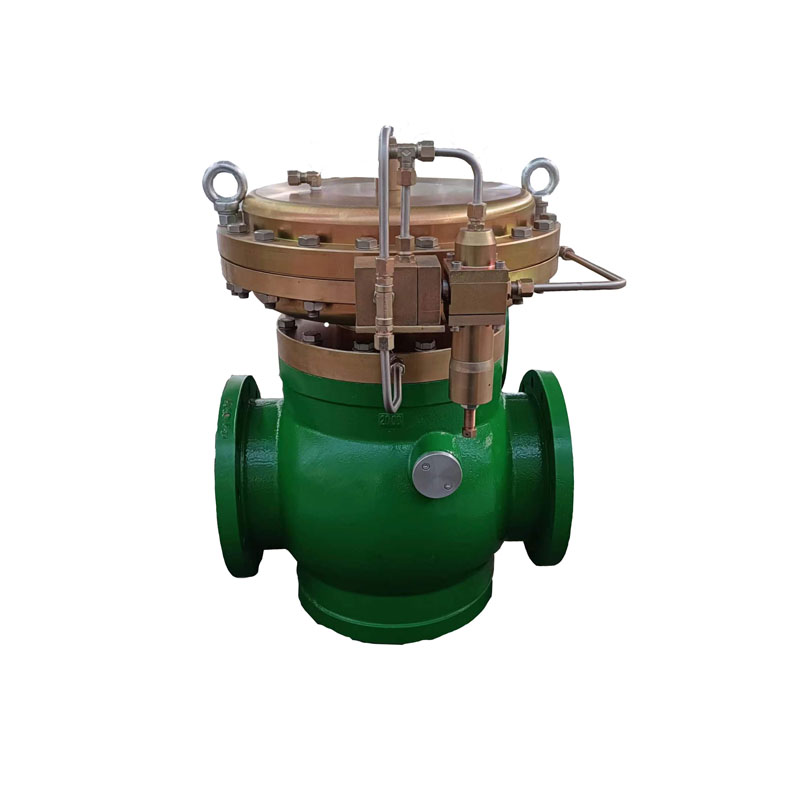
Oct . 11, 2024 22:36
Back to list
gas pressure reducing station
Gas Pressure Reducing Stations An Essential Component of Gas Distribution Systems
Gas pressure reducing stations play a critical role in the safe and efficient distribution of natural gas across urban and rural areas. These stations are designed to lower the high-pressure gas from transmission lines to a more manageable level suitable for distribution to residential, commercial, and industrial consumers. This process is essential not only for safety but also for ensuring the reliable delivery of gas to end-users.
Understanding Gas Pressure
Natural gas is transmitted through pipelines at high pressures to minimize the volume and maximize the efficiency of transport over long distances. In this state, the gas is typically under pressures ranging from 300 psi (pounds per square inch) to as high as 1,500 psi. However, this pressure is far too high for safe usage in homes and businesses, where the required pressure is usually between 5 to 10 psi. Hence, pressure reducing stations are employed to decrement the pressure levels to suitable values.
The Mechanics of Pressure Reducing Stations
A gas pressure reducing station consists of several key components. The main feature is the pressure reducing valve, which regulates the downstream pressure by opening and closing in response to changes in demand or pressure. These stations may also include filters to remove impurities from the gas, monitoring devices to measure flow rates, and safety devices to prevent overpressure situations.
When high-pressure gas enters the station, it first passes through a filter that removes debris and particles that could damage equipment downstream. The gas then flows into the primary pressure reducing valve, which throttles the flow to decrease the pressure. The adjusted gas flows out of the station into the distribution network.
gas pressure reducing station

In addition, many modern gas pressure reducing stations are equipped with advanced technology such as automated controls and telemetry systems
. These systems allow operators to monitor pressure levels in real-time and respond quickly to any irregularities. This not only enhances safety but also improves efficiency, as operators can adjust settings to optimize gas distribution continuously.Importance of Safety and Maintenance
Safety is the highest priority in the operation of gas pressure reducing stations. Regular maintenance checks are crucial for ensuring that all components function correctly and to prevent incidents such as leaks, explosions, or overpressure scenarios. Operators typically adhere to strict regulatory guidelines that dictate maintenance schedules, testing of safety devices, and emergency response protocols.
Moreover, the strategic placement of pressure reducing stations throughout a gas distribution network ensures a balanced supply. These stations are often situated at critical points where gas demand is expected to vary significantly, such as near urban centers, industrial areas, and large residential developments.
Conclusion
In summary, gas pressure reducing stations are indispensable for the safe and efficient distribution of natural gas. By managing high-pressure gas from transmission lines and reducing it to levels suitable for end use, these stations protect lives, assets, and the environment. As technology continues to advance, we can expect improvements in the design and functionality of these stations, further enhancing their safety and efficiency. The role of gas pressure reducing stations in maintaining the integrity of gas distribution systems cannot be overstated, making them a unsung hero in our daily energy usage.
Latest news
-
Safety Valve Spring-Loaded Design Overpressure ProtectionNewsJul.25,2025
-
Precision Voltage Regulator AC5 Accuracy Grade PerformanceNewsJul.25,2025
-
Natural Gas Pressure Regulating Skid Industrial Pipeline ApplicationsNewsJul.25,2025
-
Natural Gas Filter Stainless Steel Mesh Element DesignNewsJul.25,2025
-
Gas Pressure Regulator Valve Direct-Acting Spring-Loaded DesignNewsJul.25,2025
-
Decompression Equipment Multi-Stage Heat Exchange System DesignNewsJul.25,2025

